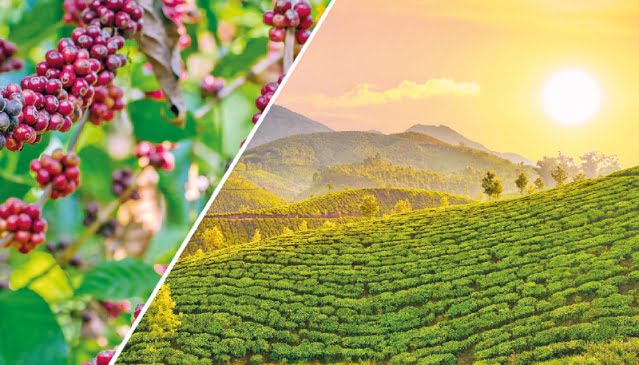Bangladesh, a nation renowned for its rich culture and history, has a long history of producing high-quality coffee. In Bangladesh, tea still dominates the hot beverage market, but coffee production and consumption have been rapidly increasing in recent years. Let’s travel from bean to cup through the rich coffee heritage of Bangladesh.
Historical Background: During the late 18th century British colonial era, coffee was introduced to Bangladesh. The Chittagong Hill Tracts area has favorable circumstances for coffee cultivation because of the British establishment of coffee plantations there. However, due to a number of issues, such as the climate and a lack of government backing, coffee production suffered difficulties, which eventually caused the sector to decline.
Revival of Coffee: Bangladesh saw a resurgence of coffee consumption in the twenty-first century. Recognizing the nation’s potential for coffee production, business people and coffee enthusiasts started initiatives to resurrect the sector. They want to increase quality, establish superior sustainable methods and forge a distinctive coffee culture in Bangladesh.
Coffee Varieties: Arabica and Robusta are the two most common coffee kinds grown in Bangladesh. Arabica beans, prized for their exquisite flavors and smells, do best in cooler, mountainous climates. On the other hand, robusta beans are more resilient and thrive at lower altitudes.
Growing Regions: The Chittagong Hill Tracts, Sylhet and Moulvibazar in Bangladesh are the principal coffee-producing areas. These regions offer ideal climatic conditions for coffee growth, including the ideal temperature, amount of rainfall and height.
Cultivation Process: In Bangladesh, coffee is grown with great care and attention to detail. To ensure the cultivation of high-quality coffee beans, farmers use sustainable and organic methods. The steps involved in coffee production include choosing an appropriate location, preparing the soil, planting seedlings, and caring for the plants by giving them enough shade and nutrients.
Harvesting and Processing: The coffee cherries are carefully hand-picked to ensure that only the ripest cherries are chosen once they have reached maturity. The final product’s quality benefits from this selective harvesting. The dry method and the wet method are two of the numerous processing techniques used on the harvested cherries. While the wet process entails fermenting and cleaning the cherries before drying, the dry approach involves sun-drying the cherries.
Roasting and Flavor Profiles: To bring forth their distinctive aromas, coffee beans are typically roasted after being dried. To provide a wide variety of flavors, Bangladeshi coffee roasters experiment with various roasting profiles. The flavor profiles can range from fruity and floral overtones to chocolatey and nutty undertones, providing coffee lovers with a pleasurable experience.
Coffee Culture and Consumption: Bangladesh has seen an increase in coffee consumption, particularly among urban residents and younger generations. There are now a variety of coffee houses, cafes and coffee shops where consumers may enjoy the tastes of locally roasted coffee. These businesses frequently encourage a thriving coffee culture by providing a selection of brewing techniques and highlighting the nation’s rich coffee heritage.
Promoting Sustainability: Bangladesh’s coffee sector has also embraced sustainable practices. Fair trade principles, community support, and eco-friendly coffee production processes are priorities for many coffee farmers. These programs attempt to improve the environment and the standard of living for coffee farmers.
Future Prospects: Despite Bangladesh’s still-relatively-small production of coffee in comparison to other producing nations, the industry has a bright future. Bangladesh’s coffee heritage is set to continue thriving in the next years thanks to rising specialty coffee demand and the nation’s distinctive geographic advantage.
The Bangladeshi hill people’s alternate source of income could be coffee. Due of the high local demand and potential for export, the government has implemented a number of measures to expand production.
The Directorate of Agricultural Extension has already begun to develop a project on the extension and processing of coffee production. Along with the government, some other business organizations are helping to expand coffee farming. Those who are getting coffee straight from highland coffee growers.
Additionally, some non-governmental organizations have supplied coffee plants and offered training. To ensure that Bangladesh is successful in reaching the Sustainable Development Goals (SDGs), growers, researchers, extension agents, media, non-governmental organizations and foreign development agencies should step forward to increase coffee growing.
A fascinating journey that mixes history, agricultural, and cultural experiences can be had by investigating Bangladesh’s rich coffee past. It’s an invitation to experience the flavors and appreciate the work behind each cup of coffee made in this wonderful country, from the vast coffee plantations to the aroma-filled coffee cafes.

